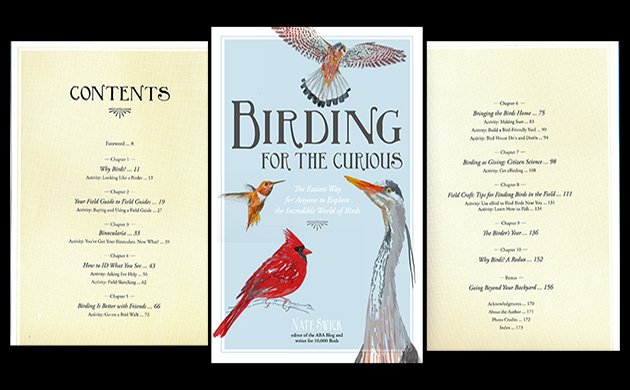
Birding for the Curious: The Easiest Way for Anyone to Explore the Incredible World of Birds by Nate Swick brings birding back to its roots—a simple, joyous way to enjoy nature using our eyes, ears, hands (for sketching), and brain. Not that Nate eschews technology—he unabashedly urges beginning birders to eBird—but he views it as one element of a total package that anybody can engage in if they have that one ingredient—a willingness to learn. This is the book you will want to give to everyone in your life who has said ‘I’d like to bird too, but ….(fill in the blank, it can be anything from not enough time to too complicated to not wanting to wear a Tilly hat). There are now no excuses except a lack of curiosity. And, nobody wants to admit that.
Nate Swick is a contributor to 10,000 Birds, American Birding Association (ABA) blog editor and event leader, and environmental educator. He is a current member of the North Carolina Bird Records Committee and an eBird coordinator for North Carolina. I usually put the author’s biography near the end of a review, but I wanted to get the disclaimers out of the way. Not only is Nate a birding and blogging colleague, but Mike Bergin, 10,000 Birds co-publisher, has written the Foreword and I have been threatened with all sorts of birder-type punishment if I give this book a bad review. But, as we say in the book review world, you can’t keep a critical mind down. And Nate knows that. (Actually, I exaggerate. I was only instructed to say that the Forward is awesome. And, it is.)
Books for beginning birders can be divided into four groups: guides to common birds (the regional Stokes Beginner’s Guide to Birds and Bill Thompson III’s The New Birder’s Guide to Birds of North America), activity books for young people (the recent Birdology by Monica Russo), the popular side-bar-filled “dummies” template (Bird Watching for Dummies, also by Bill Thompson III), and highly detailed, often technical manuals on how to identify birds (Sibley’s Birding Basics and National Geographic Birding Essentials by Jonathan Alderfer and Jon L. Dunn (which are, to be fair, for beginner and intermediate birders). All excellent books. All filling a specific niche.
Nate’s approach is different, though he incorporates elements from several of these books. Birding is discussed as a process that involves finding birds, viewing and hearing birds, taking notes and sketching birds, thinking about habitat and migration, and then, identifying birds. It is process that can be as simple or as complex as you wish, and I think this is where Birding for the Curious is unique. In every chapter, Nate makes clear that you can go further and deeper, but you don’t have to. And you will still be a birder. For example, on finding gulls:
Close study of gulls is not for everyone, and birders shouldn’t feel obligated to get deep into it if you prefer colorful, less-confusing, families of birds. But getting a grip on gulls can be rewarding, and even within a large group of seemingly drab-colored, dump-loving trash eaters, there are spectacular species, like the dramatic Sabine’s Gull, the nearly mythical Ivory Gull, and easily one of the most sought-after species in North America, the mysterious Ross’s gull. (p. 124).
It’s sort of like being taught by your big brother (or younger cousin), assuming your brother or cousin writes with grace and precision and knows a hell of a lot about birds and birding but didn’t feel obliged to fill your head with everything at one time and was very reassuring but at the same time gently prodding you towards wonderful things.
The birding process is stripped to the essentials without losing the significance of important, sometimes complex ideas—migration, habitat, research, documentation, community. The focus is on learning by doing, with 12 Activity sections integrated within the eleven (ten plus a “bonus”) chapters. The conversational writing style is punctuated by lists (Things to Consider When Going on a Bird Walk) and Tips to Remember (for finding waterfowl, raptors, shorebirds, gulls, owls, perching birds). These sometimes seem a bit repetitive, but repetition is an important part of the learning process.
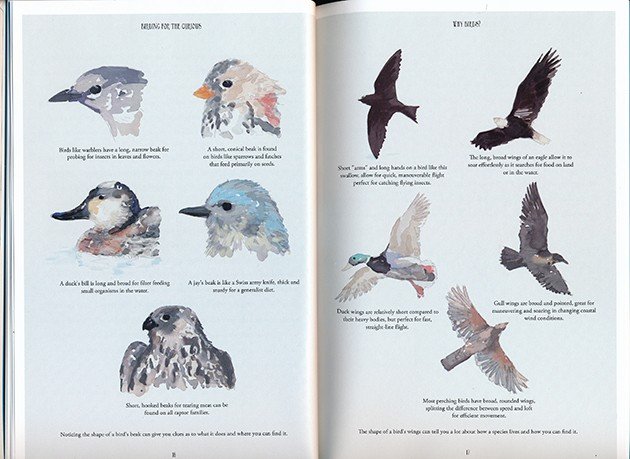
The book starts with “Why Birds?” (I’m not going to tell you the exact answer, it has to do with seeing the world differently and problem solving and being outdoors), goes on to explain how to select basic tools, field guides and binoculars, and then discusses “How to ID What you See”. Nate emphasizes principles of identification by size, shape, habitat, and behavior, gently explaining why color is the last thing a birder notes, and stops there. Identification will be an underlying theme in later chapters on fieldcraft and “The Birder’s Year”, but for now it’s time to talk about topics not often covered extensively in beginning birder books–“Birding is Better With Friends” (bird walks, bird clubs, national organizations like the ABA), “Bringing the Birds Home” (backyard birding), and “Birding as Giving: Citizen Science” (yes, even beginners can eBird).

Activities range from the practical (learning how to use the diopter on your binoculars) to the folksy (placing a birdhouse in your yard, thankfully you don’t have to build one) to the technical (using eBird to find birds near you). I like the idea of activities. Sometimes we all need a little push in getting off the couch, and there’s nothing like an old-fashioned page that says “Activity” to get me into can-do, Girl Scout mode. I may even install a birdhouse this spring or make my own suet.
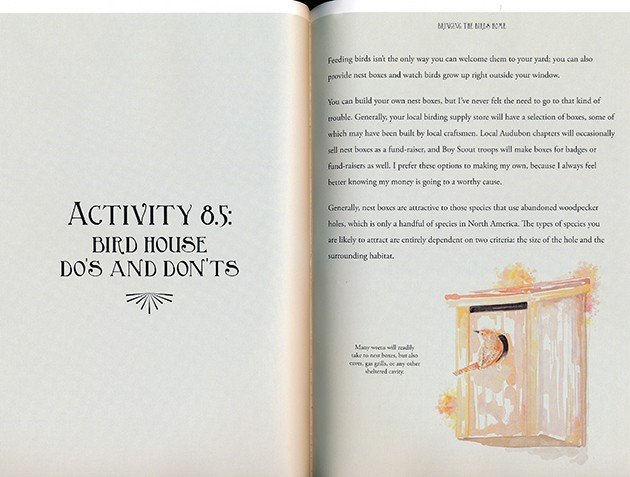
The extensive chapters on “Fieldcraft: Tips for Finding Birds in the Field” and “The Birder’s Year” will probably be the most helpful to the beginner birder. The first discusses how to find specific bird groups (this is where you’ll find the tips about waterfowl, raptors, shorebirds, gulls, owls, perching birds) and the second takes the birder through the seasons and what birds you can expect to find in each and why. There is a wide lens applied here. Finding waterfowl isn’t just about locating bodies of water; it’s about different types of ducks, birds most likely to be found in marshes and birds most likely to be found on the ocean, the definition of the term “raft”, and what other birds to look for in these places. Finding owls is the occasion to discuss the ethics of playback. Birding during the spring is the educational moment for explaining migration and fallout. Fall birding is the place to talk about the wonderfulness of hawk watches. Significant concepts and facts are placed within a bird finding context, which makes them much easier to understand and remember.
The watercolor images you see illustrating these pages are by Robert Brandt. I like them. I think they complement the book design, and though the softness is a unusual for a birding guide, they are specific enough to illustrate lessons like differences in bird bills and wings (see third image down). There are some full-page illustrations that are more decorative than educational. This makes for an attractive looking book, but I do think that the page space could have been put to better use, maybe for a listing of the resources (organizations, field guides, citizen science websites) recommended throughout the book.
Photographs are also used in specific sections, notably “common species useful for size comparison,” examples of birds with distinct silhouettes, and the Bonus chapter, 50 species that you won’t find in your backyard. Most of these photos are by photographers associated with the USFWS and Wisconsin Dept. of Natural Resources and by Nate. There is also an excellent index.
I was surprised to find that this is a hardcover book, a choice made by the publisher, Page Street Publishing, a relatively new company, whose books are distributed by Macmillan. This is their first title that is not a cook or crafts book, and I hope there will be more. We need more publishers of quality birding books and more birder-writers offering fresh views, sharing their experiences, covering new, niche subjects.
The tenth chapter of Birding for the Curious (the one before the “bonus” chapter) is entitled “Why Birds? A Redux” but is really about birding and conservation. This is the one section where I think Nate could have written more. He starts off with a lovely, poetic, slightly regretful elucidation of the connection between birding and our current environmental state of affairs:
Birders are watchers and record keepers. We are observers. We’re also witnesses. It doesn’t take much digging to see that there are any number of concerns facing wild places and wild things in the world today……To love birds and birding is to be intimately involved in their welfare. There is no longer any place to hide from the unpleasant truths about their future. (p. 153)
I do wish, having established birders as “witnesses” and connected as a community, that Nate had taken it one step further and offered specific ways in which the new birders reading his book could get involved in conservation. It could have been the closing activity, the one on Making a Difference.
I considered subtitling this review “A Book Review by a Birder who is Curiouser and Curiouser”, the last part being my favorite Lewis Carroll line. It is spoken by Alice as she grows uncontrollably large, opening out, she says, like a telescope. The quote has so many connections to birding, a passion that for many of us always threatens to get out of control. And which involves optics. I love the fact that curiosity is the required, first step for the readers of Birding for the Curious. It is a mindset that we often push aside in our lust for life birds. I also greatly enjoyed reading this book, though I am not a beginning birder. Nate is a talented writer and I re-learned a few things.
Birding for the Curious: The Easiest Way for Anyone to Explore the Incredible World of Birds is an excellent addition to birding’s small library of books for beginners. It offers an attractive, sneakily knowledgable introduction to birding as a way of looking at and interacting with the world, written by a birder with a unique voice who is also a natural teacher. It’s an excellent choice for school and public libraries (especially with that hard cover), a smart choice for nature lovers who want to become members of the tribe, and a clever choice for birders trying to get their partners, children, or other family members into birding. With all the attention paid these days to birding technology and listing and social media, it’s good to have a book that reminds us, it really is easy to bird. Curiouser and Curiouser.
—————–
Birding for the Curious: The Easiest Way for Anyone to Explore the Incredible World of Birds
by Nate Swick, illustrations by Robert Brandt.
Page Street Publishing, 176 pages, 9.3 x 6.1 x 0.7 inches.
September 15, 2015
ISBN-10: 1624141188; ISBN-13: 978-1624141188
$21.99 (see the usual suspects for discounted prices)
Kindle edition available Sept. 15th, $9.99.



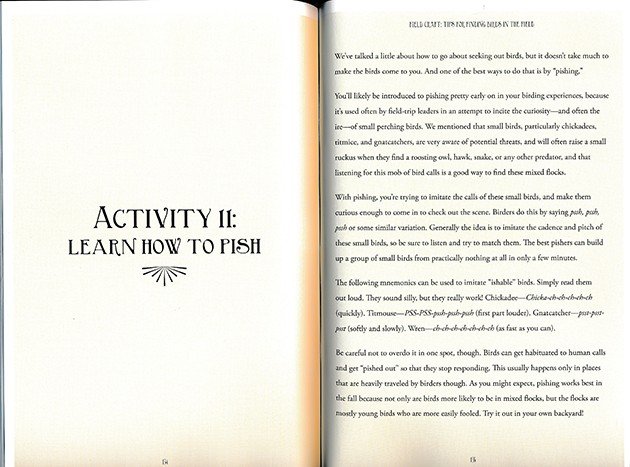
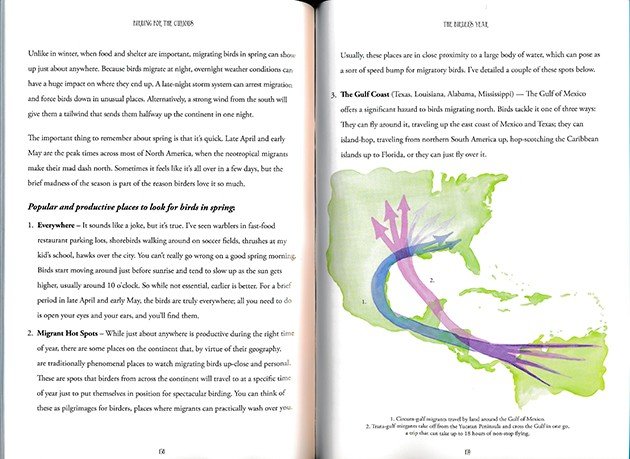
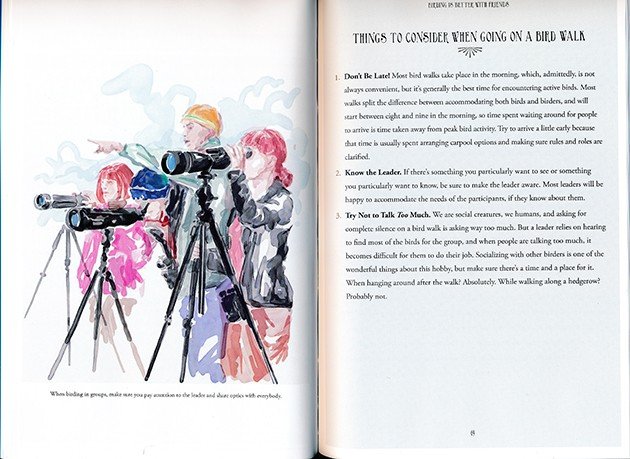
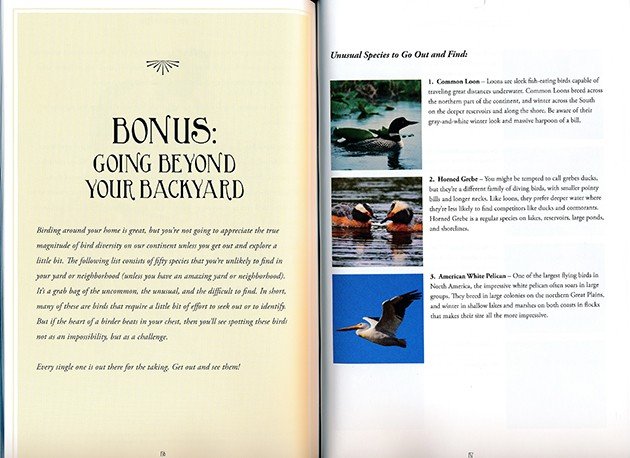
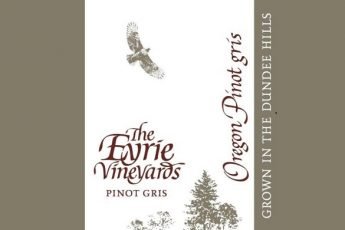
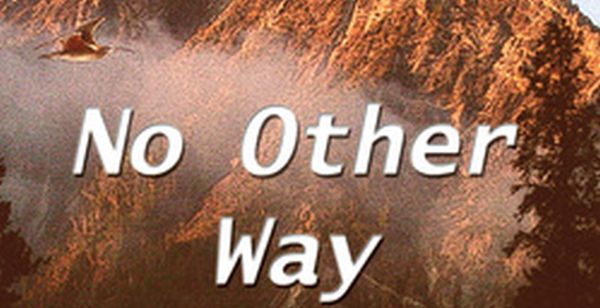
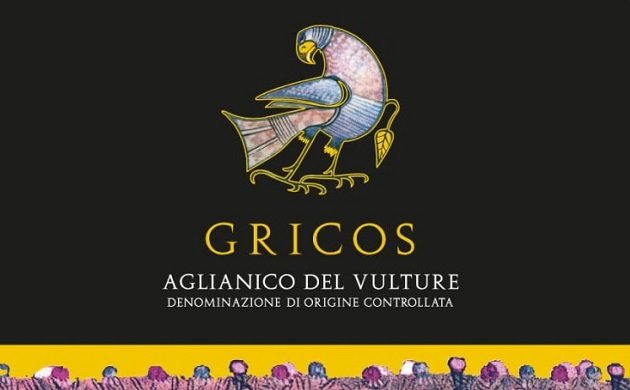

 New writers welcome – please contact us for details.
New writers welcome – please contact us for details.

















Great review, Donna. I like the book very much, but I was puzzled at first by the hard cover and the kind of breezy layout — until I realized that it is those features, and not the notably well-written, well-thunk-out content, that will assure Birding for the Curious its merited place on the shelves of public and school libraries. A canny strategy, and one that should ensure that Nate’s excellent work reaches as many people as possible.